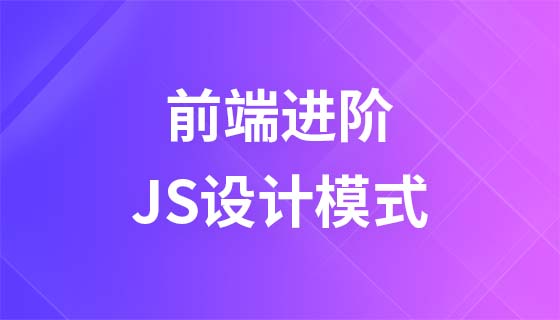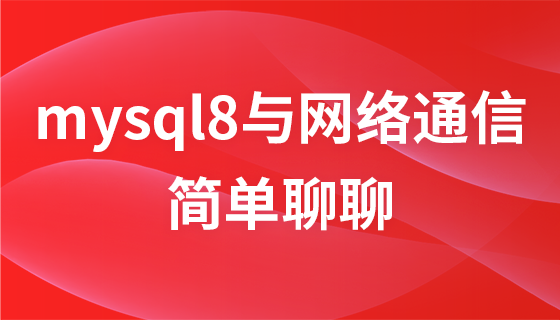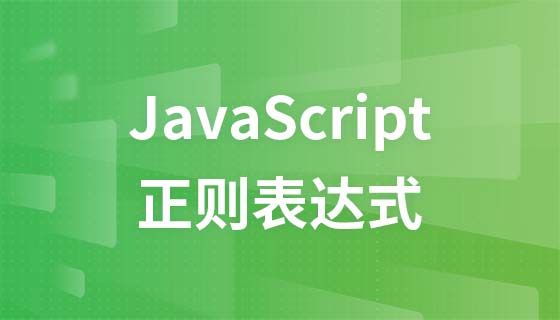Go语言中的Slice链式操作方法是什么
来源:亿速云
时间:2023-05-02 17:31:56 118浏览 收藏
积累知识,胜过积蓄金银!毕竟在##column_title##开发的过程中,会遇到各种各样的问题,往往都是一些细节知识点还没有掌握好而导致的,因此基础知识点的积累是很重要的。下面本文《Go语言中的Slice链式操作方法是什么》,就带大家讲解一下Slice、go语言知识点,若是你对本文感兴趣,或者是想搞懂其中某个知识点,就请你继续往下看吧~
今天小编给大家分享一下Go语言中的Slice链式操作方法是什么的相关知识点,内容详细,逻辑清晰,相信大部分人都还太了解这方面的知识,所以分享这篇文章给大家参考一下,希望大家阅读完这篇文章后有所收获,下面我们一起来了解一下吧。
示例
首先模拟一个业务场景,有订单、产品、自定义订单三个结构体,订单中包含多个产品:
type Order struct {
Id string
Products []Product
}
type Product struct {
Id string
Price int
}
type CustomOrder struct {
Id string
}初始化模拟数据:
var orders = []Order{
{
Id: "o1",
Products: []Product{
{
Id: "p1",
Price: 1,
},
{
Id: "p2",
Price: 2,
},
},
},
{
Id: "o2",
Products: []Product{
{
Id: "p3",
Price: 3,
},
{
Id: "p4",
Price: 4,
},
},
},
}接下来对订单列表做各种操作:
// 过滤Id为o2的订单
func TestFilter(t *testing.T) {
res := Lists[Order](orders).Filter(func(o any) bool {
return o.(Order).Id == "o2"
}).Collect()
t.Log(res) // [{o2 [{p3 3} {p4 4}]}]
}
// 将订单列表映射为自定义订单列表
func TestMap(t *testing.T) {
res := Lists[CustomOrder](orders).Map(func(o any) any {
return CustomOrder{
Id: "custom-" + o.(Order).Id,
}
}).Collect()
t.Log(res) // [{custom-o1} {custom-o2}]
}
// 将每个订单里的产品展开,并映射为自定义订单
func TestFlatAndMap(t *testing.T) {
res := Lists[CustomOrder](orders).
Flat(func(o any) []any {
return Lists[any](o.(Order).Products).ToList()
}).
Map(func(p any) any {
return CustomOrder{
Id: "ProductId-" + p.(Product).Id,
}
}).Collect()
t.Log(res) // [{ProductId-p1} {ProductId-p2} {ProductId-p3} {ProductId-p4}]
}
// 找到所有订单产品中价格最贵的那个产品
func TestMax(t *testing.T) {
res, found := Lists[Product](orders).
Flat(func(o any) []any {
return Lists[any](o.(Order).Products).ToList()
}).
Max(func(i, j any) bool {
return i.(Product).Price > j.(Product).Price
})
t.Log(found, res) // true {p4 4}
}原理
type List[T any] struct {
list []any
}将 go 中的原生切片包装成 List[T] 结构体,特别说明其中的泛型 T 是最终结果的元素类型,并不是原始传入切片的类型。
这样设计是因为 go 只能在构造结构体时指定泛型,因此将 List[T] 的泛型指定为最终结果的元素类型,就可以在操作完成后调用 Collect() 方法,得到最终的 T 类型切片,方便后面的业务逻辑使用。
因为 go 不支持在接受者函数中定义泛型,因此所有操作函数的参数和返回值类型只能定义为any,然后在函数体内转换为业务结构体使用,例如上面的 i.(Product).Price。
此后将每一种操作,例如Filter、Map、Flat等,都返回List[T] 结构体,就可以实现链式操作。
实现
type List[T any] struct {
list []any
}
func Lists[T any](items any) *List[T] {
rv := reflect.ValueOf(items)
if rv.Kind() != reflect.Slice {
panic(fmt.Sprintf("not supported type: %v, please use slice instead", rv.Kind()))
}
l := rv.Len()
s := make([]any, 0, l)
for i := 0; i <p class="introduction">以上就是“Go语言中的Slice链式操作方法是什么”这篇文章的所有内容,感谢各位的阅读!相信大家阅读完这篇文章都有很大的收获,小编每天都会为大家更新不同的知识,如果还想学习更多的知识,请关注golang学习网行业资讯频道。</p><p>今天关于《Go语言中的Slice链式操作方法是什么》的内容介绍就到此结束,如果有什么疑问或者建议,可以在golang学习网公众号下多多回复交流;文中若有不正之处,也希望回复留言以告知!</p>
声明:本文转载于:亿速云 如有侵犯,请联系study_golang@163.com删除
相关阅读
更多>
-
185 收藏
-
460 收藏
-
423 收藏
-
276 收藏
-
182 收藏
最新阅读
更多>
-
379 收藏
-
119 收藏
-
140 收藏
-
147 收藏
-
378 收藏
-
255 收藏
-
287 收藏
-
393 收藏
-
310 收藏
-
110 收藏
-
412 收藏
-
423 收藏
课程推荐
更多>
-

- 前端进阶之JavaScript设计模式
- 设计模式是开发人员在软件开发过程中面临一般问题时的解决方案,代表了最佳的实践。本课程的主打内容包括JS常见设计模式以及具体应用场景,打造一站式知识长龙服务,适合有JS基础的同学学习。
- 立即学习 543次学习
-

- GO语言核心编程课程
- 本课程采用真实案例,全面具体可落地,从理论到实践,一步一步将GO核心编程技术、编程思想、底层实现融会贯通,使学习者贴近时代脉搏,做IT互联网时代的弄潮儿。
- 立即学习 516次学习
-

- 简单聊聊mysql8与网络通信
- 如有问题加微信:Le-studyg;在课程中,我们将首先介绍MySQL8的新特性,包括性能优化、安全增强、新数据类型等,帮助学生快速熟悉MySQL8的最新功能。接着,我们将深入解析MySQL的网络通信机制,包括协议、连接管理、数据传输等,让
- 立即学习 500次学习
-

- JavaScript正则表达式基础与实战
- 在任何一门编程语言中,正则表达式,都是一项重要的知识,它提供了高效的字符串匹配与捕获机制,可以极大的简化程序设计。
- 立即学习 487次学习
-

- 从零制作响应式网站—Grid布局
- 本系列教程将展示从零制作一个假想的网络科技公司官网,分为导航,轮播,关于我们,成功案例,服务流程,团队介绍,数据部分,公司动态,底部信息等内容区块。网站整体采用CSSGrid布局,支持响应式,有流畅过渡和展现动画。
- 立即学习 485次学习
